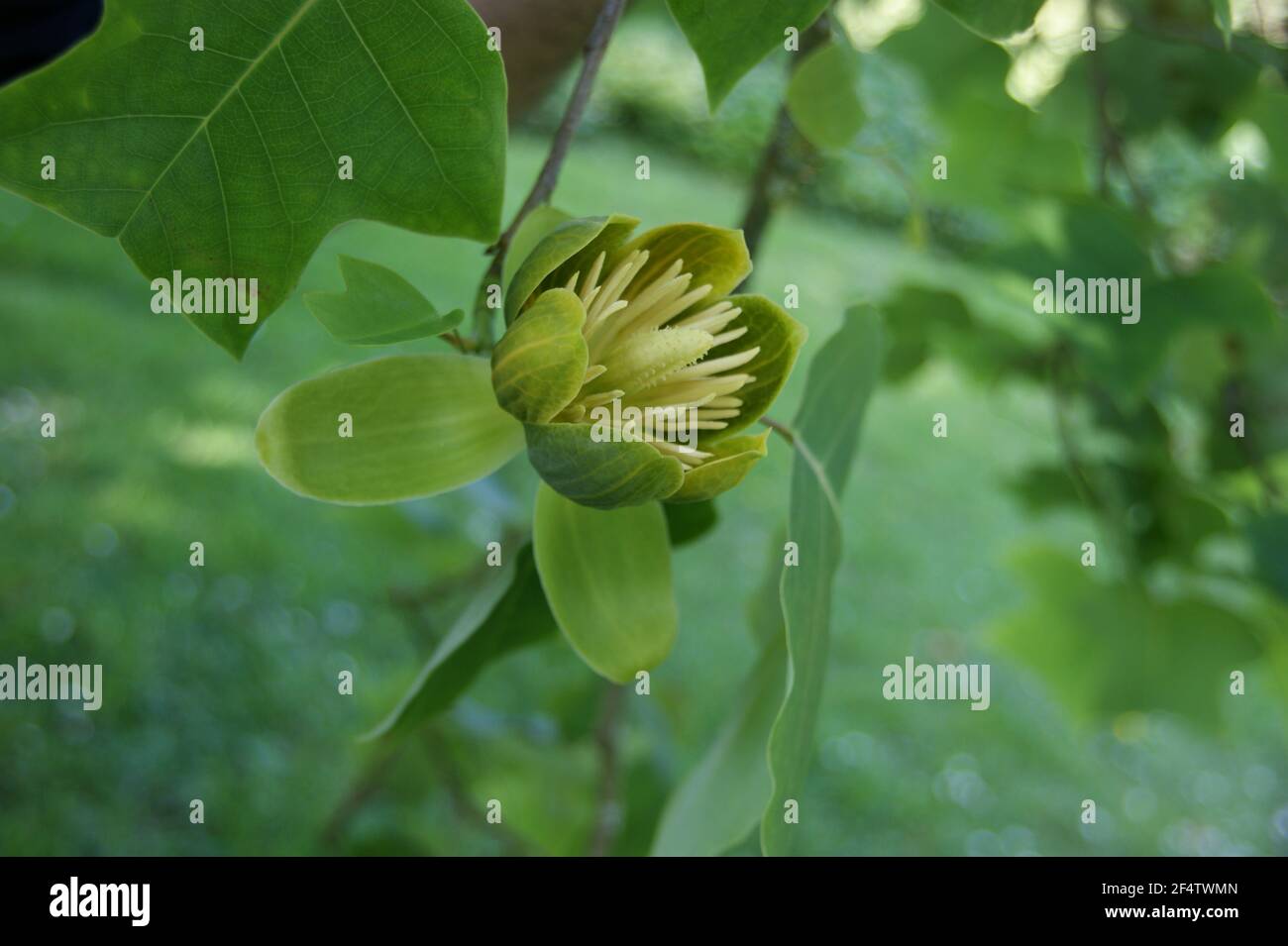
Chinese tulip tree flowers basking in sunlight Stock Photo Alamy
Chinese tulip tree L. chinense is a vigorous upright tree to 25m tall, with leaves divided into three lobes, the large terminal one truncated, turning yellow in autumn; cup-shaped pale green, yellow-veined flowers 2cm long are produced in summer, only on mature trees Join the RHS today and save 25% Join now < > © RHS 1999 © RHS / Joanna Kossak

Blooming Chinese Tulip Tree Stock Image Image of garden, tall 128893013
A tulip tree's unique leaves are its most distinctive identifying feature. To identify tulip poplars, look for large, bright green leaves with four lobes and rounded notches. The easily recognizable deciduous leaves measure 3" to 8" (8 - 22 cm) long and 2.3" to 10" (6 - 25 cm) wide.

Chinese Tulip Tree, Liriodendron Tulipifera Stock Photo Image of branch, flamboyant 11052154
Liriodendron chinense, commonly called Chinese tulip tree, is a fast-growing, columnar tree that typically grows to 50-70' tall. It is named for its cup-shaped, tulip-like flowers (same family as magnolias) that bloom in late spring to early summer.
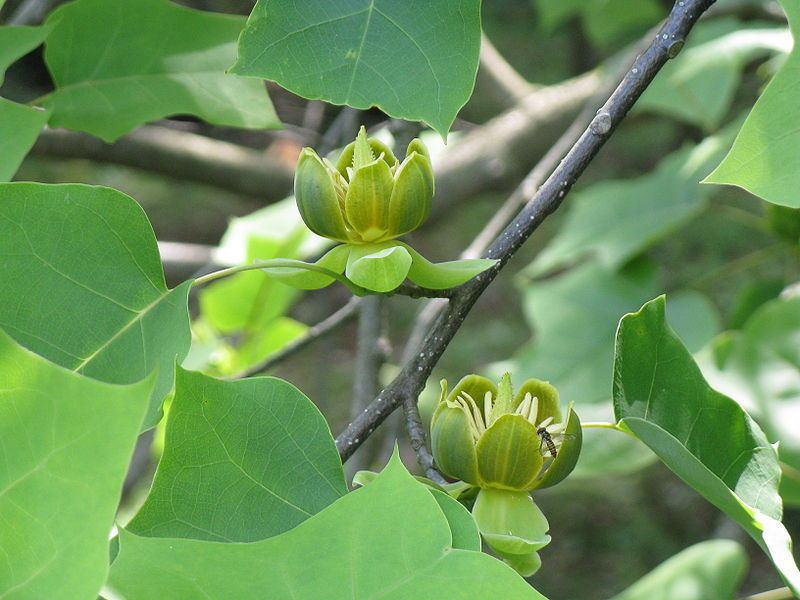
Chinese Tulip Tree Pictures, Images of Chinese Tulip Trees
Planting a Tulip Tree Tulip tree saplings can be purchased from a local nursery and planted any time between spring and early fall. They'll fare best in a sunny spot in moist, well-drained, compost-amended soil. Bark mulch or wood chips will protect their shallow roots and help to keep the soil moist—young trees need lots of water.
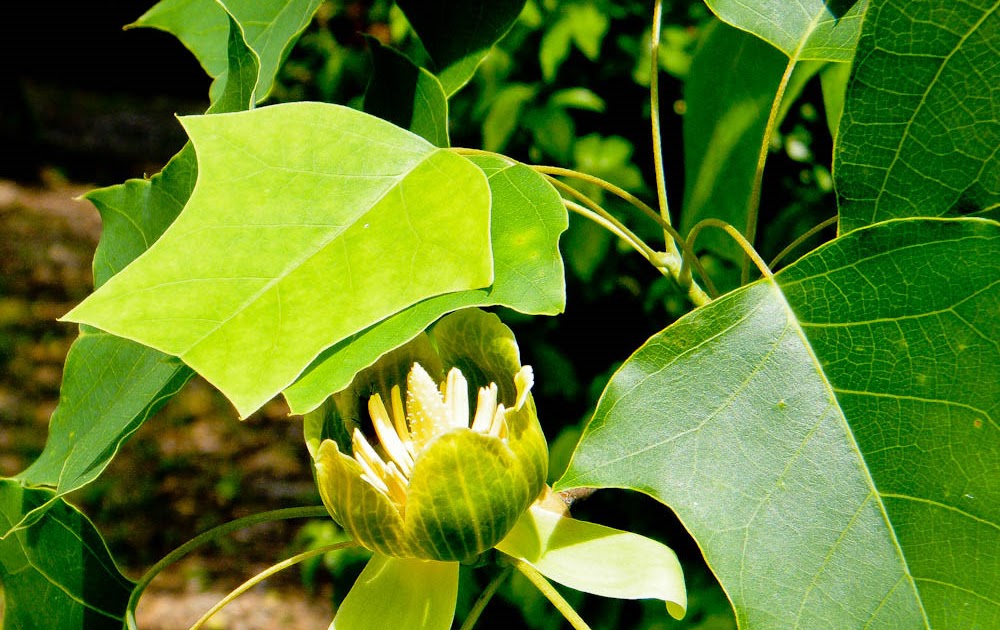
Carol Mattingly Photography Chinese Tulip Tree (Liriodendron Chinense)
Liriodendron tulipifera—known as the tulip tree, American tulip tree, tulipwood, tuliptree, tulip poplar, whitewood, fiddletree, lynn-tree, hickory-poplar, and yellow-poplar—is the North American representative of the two-species genus Liriodendron (the other member is Liriodendron chinense), and the tallest eastern hardwood.It is native to eastern North America from Southern Ontario and.

Liriodendron chinensis Seed Chinese Tulip Tree Seeds 25 Etsy
Chinese Tulip Tree Fast-growing, Liriodendron chinense (Chinese Tulip Tree) is an upright, spreading deciduous tree. In late spring to early summer, tulip-shaped, yellowish-green flowers, 1.5 in. long (4 cm), appear after the leaves on mature trees (at least 12-15 years old).

Chinese Tulip Tree (Liriodendron chinense) H50130ft/ W 3060ft/ Full sun/ Yellow in the fall
Chinese Tulip Tree 鹅掌楸 (e zhang qiu) Synonyms Liriodendron tulipifera var. chinense Hemsl. Species Links Glossary References The purple flush to the young foliage is often the best feature by which to recognise Liriodendron chinense. Brockhole, Cumbria, UK. Image Owen Johnson. Tree to 40 m × 1 m dbh.
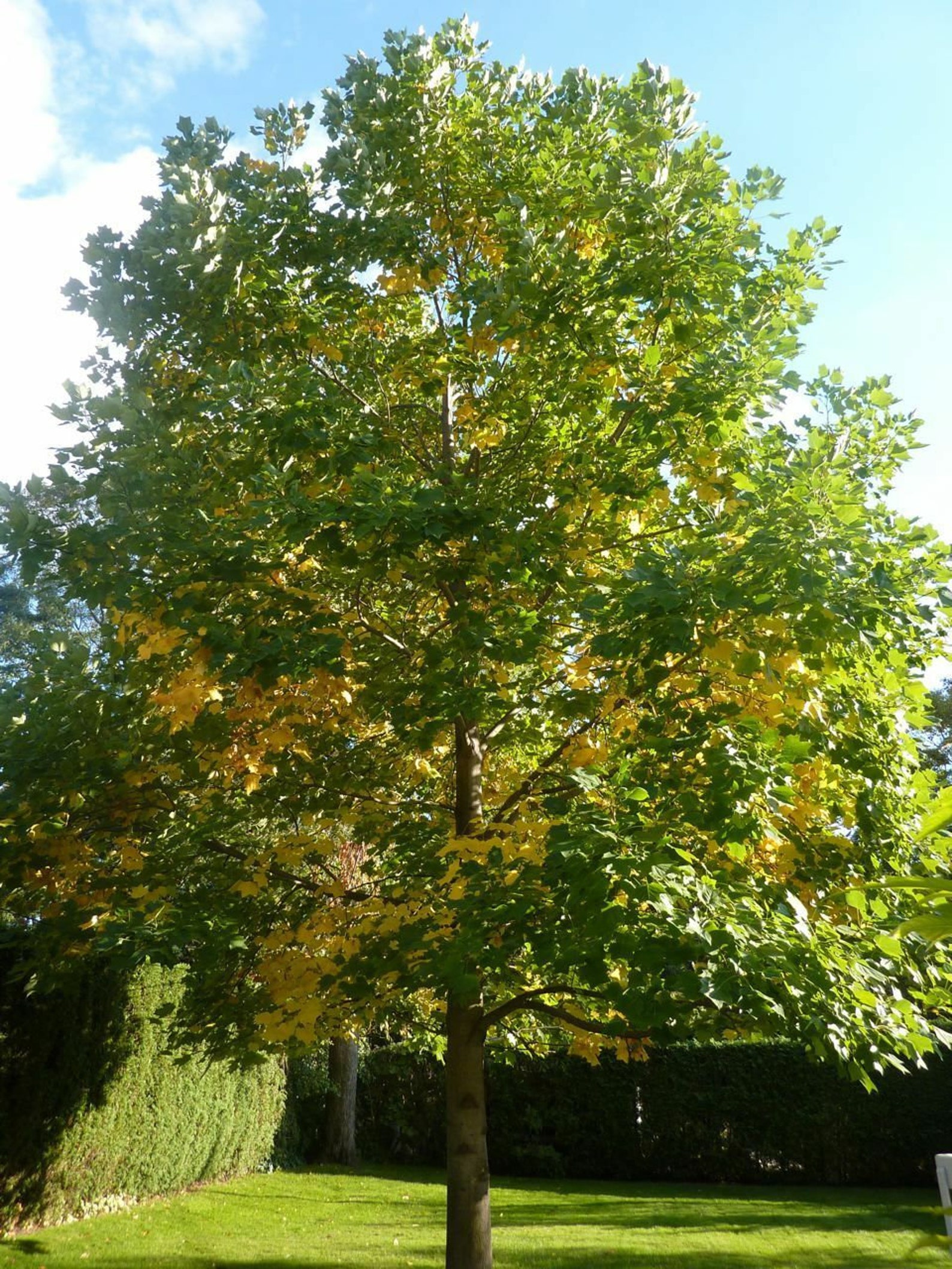
Liriodendron chinensis Seed Chinese Tulip Tree Seeds 25 Etsy
Description Liriodendron chinense is very similar to the American species, Liriodendron tulipifera, differing in the often slightly larger and more deeply lobed leaves, and in the shorter inner petals in the flowers, which lack the orange pigment of L. tulipifera. The Chinese tulip tree reaches about 40 metres (130 ft) tall. [3]

Liriodendron Chinense 25 Seeds Chinese Tulip Tree
A medium-sized tree from Central China Seldom grows taller than 10 m when cultivated. Young twigs are a purplish colour. Old twigs pass through brown to grey. The trunk is also grey and develops shallow grooves with increasing age. The leaves are larger than those of L. tulipifera. They are 4-lobed and the lobes are rounded.

Chinese Tulip Tree Seeds liriodendron Chinense 20seeds Etsy
The Chinese tulip tree reaches about 40 metres (130 ft) tall. Cultivation. It is not as hardy as the American species, but is cultivated on other continents as an ornamental tree. It is grown in England (where there are many at Kew Gardens), Ireland, Belgium, the Netherlands, and Germany. In North America, it grows as far north as Boston.

Blooming Chinese Tulip Tree Stock Image Image of green, tree 128893047
Liriodendron chinense is a broadleaf deciduous tree with red and green foliage and cream flowers in summer. It can grow 0 - 40 FT - wide, 0 - 70 FT - tall. Deer resistant. To grow well, it prefers sun and regular water. Grows best in well-drained and average soil. #shade tree Plant family: #Magnoliaceae USDA Zone: zone 6a - 9b

Chinese tulip tree Stock Image B601/0682 Science Photo Library
Standing tall at approximately 40 meters, the Chinese Tulip Tree presents a spectacle akin to its American cousin, Liriodendron Tulipifera. I discovered that its distinguishing features lie in the minutiae—a touch larger, leaves more deeply lobed, and inner petals of its flowers shorter, lacking the vivid orange pigments found in the American.
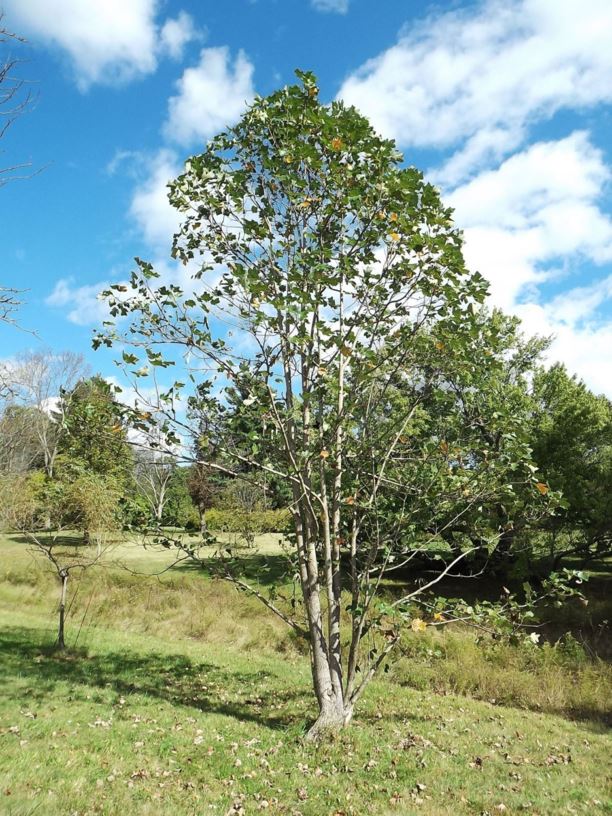
Liriodendron chinense Chinese tuliptree The Dawes Arboretum
Hybrid tulip tree prevails! Arnoldia - Volume , Issue by Jon Hetman on Jun 18, 2020 The champion of the Arboretum's first-ever Tournament of Trees is…the hybrid tulip tree! Liriodendron tulipifera x chinense is a unique hybrid of the American tulip tree ( Liriodendron tulipifera) and the Chinese tulip tree ( L. chinense ).
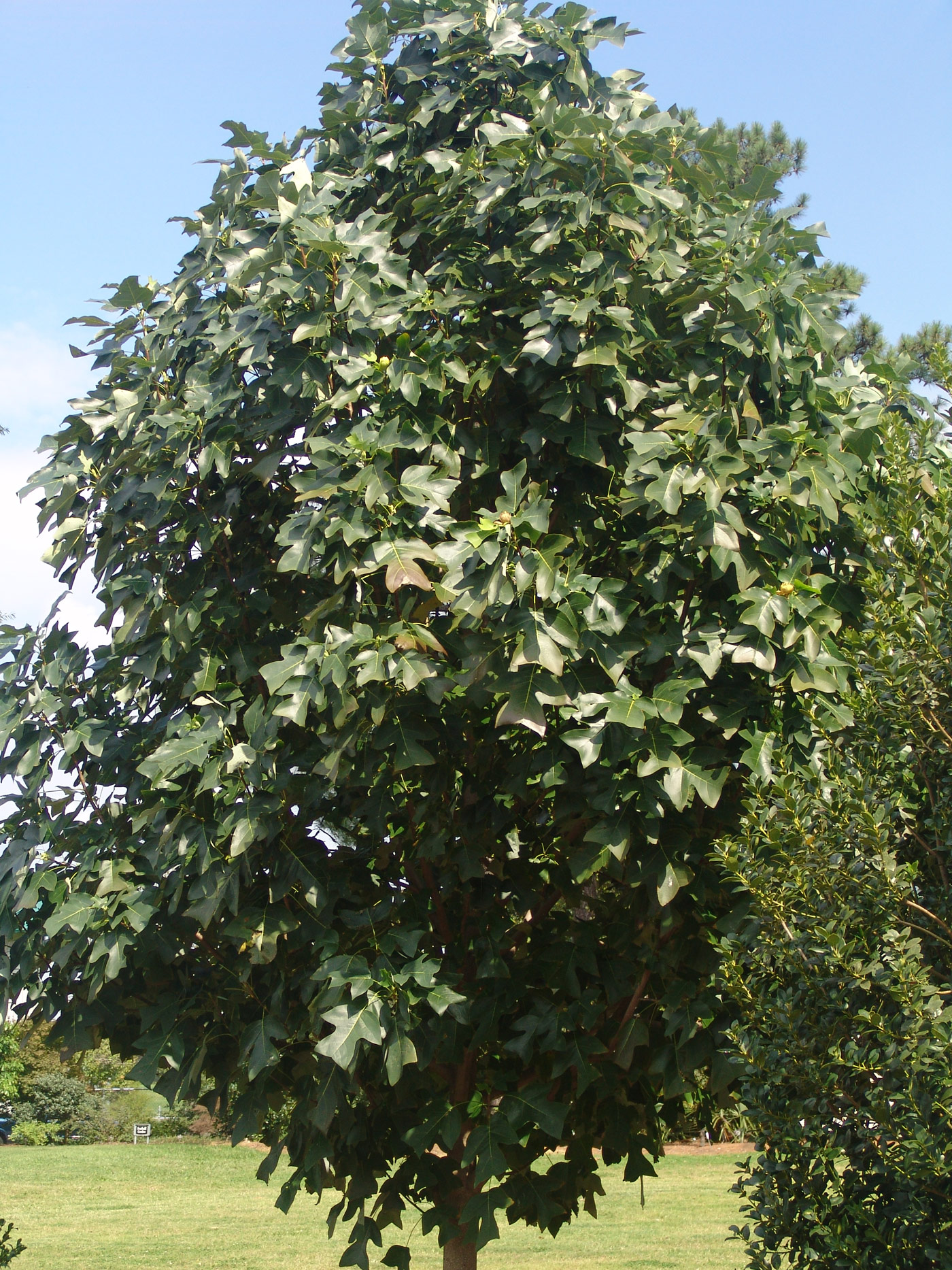
Chinese Tulip Tree Pictures, Images of Chinese Tulip Trees
Liriodendron chinense ( Chinese Tulip Tree ) This tree is cultivated for its stately growth habit and unusual foliage and yellow, late spring flowers. Leaves are rich green, squarish and lobed at the tips, hollowed at the bases with pointed lobes on each side, turning brilliant yellow in fall. Flowers are large, pale yellow and cup-shaped, to 2.
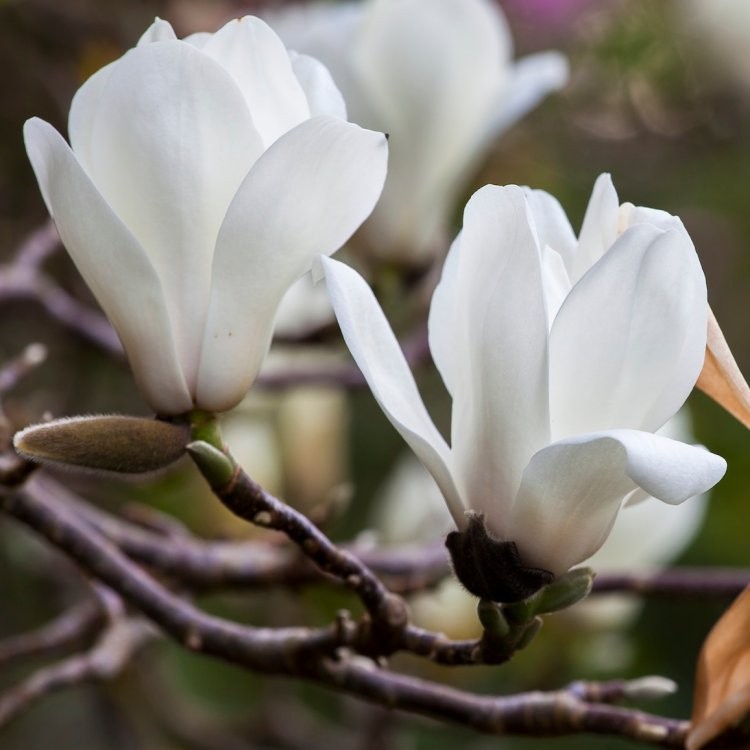
Magnolia denudata Ancient Chinese Tulip Tree with Large White Flowers
Common Name: Chinese tulip tree Type: Tree Family: Magnoliaceae Native Range: Central China, Indochina Zone: 6 to 9 Height: 50.00 to 70.00 feet Spread: 30.00 to 40.00 feet Bloom Time: May to June Bloom Description: Olive green with yellow at base Sun: Full sun Water: Medium Maintenance: Low Suggested Use: Shade Tree Flower: Showy Leaf: Good Fall
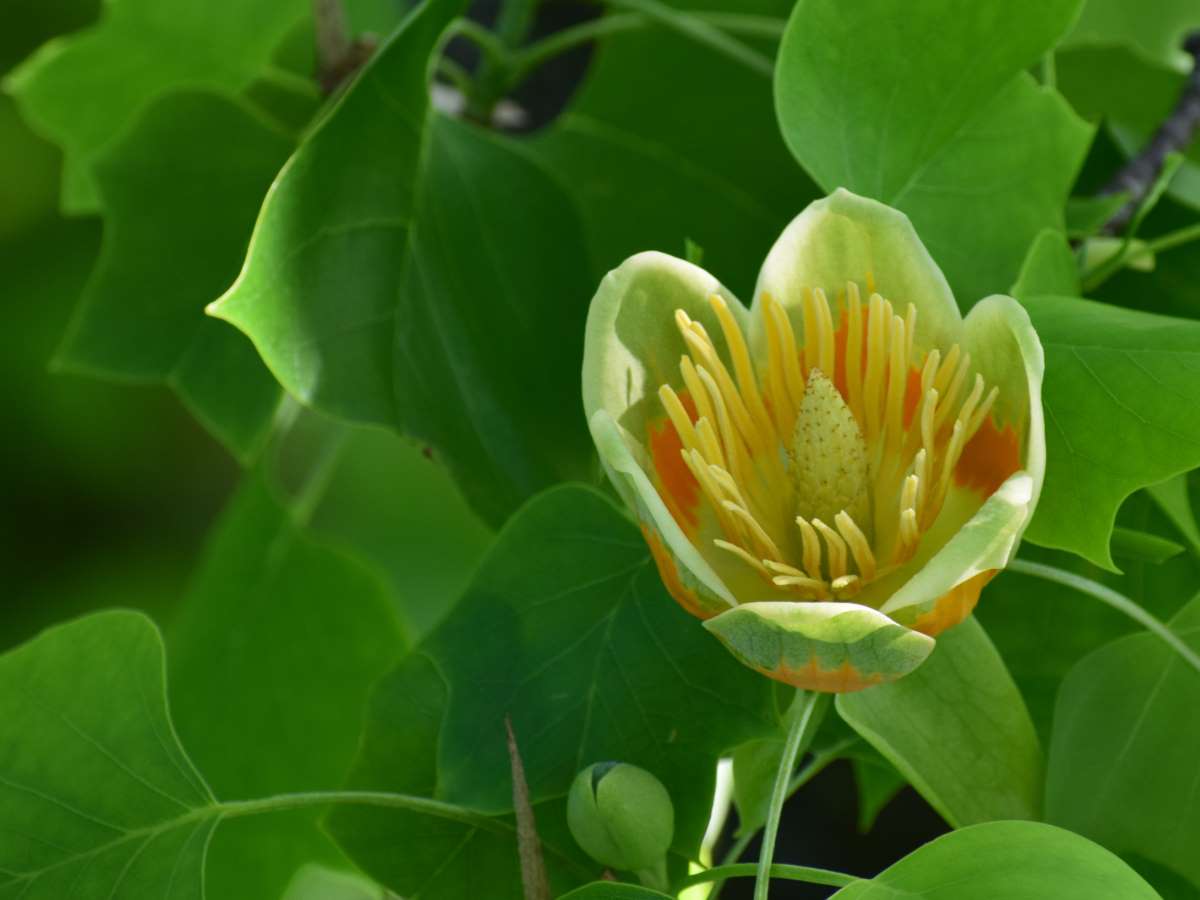
Liriodendron chinense Chinese Tulip Tree Tulip Tree New York Plants HQ
The Tulip Tree, scientifically known as Liriodendron tulipifera, is a remarkable and distinctive deciduous tree native to the eastern United States. This tree is celebrated for its striking beauty and unique tulip-shaped leaves, which lend it its common name.